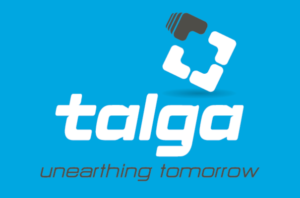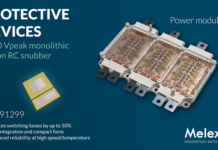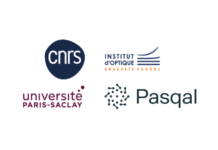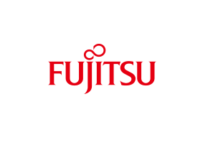
Battery materials and technology company Talga Group Ltd (“Talga” or “the Company”) announces that the United States Patent and Trademark Office (“USPTO”) has granted three new patents for its proprietary graphite-based technologies. This development strengthens Talga’s intellectual property portfolio for advanced battery anode materials and processes, coinciding with China’s implementation of stricter export controls on lithium-ion battery graphite materials, technologies and production equipment, effective 8th November 2025.
The newly granted patents underscore Talga’s innovation in battery and advanced graphite materials, positioning the Company to capitalise on growing demand for truly secure, high-performance supply chains that underpin the energy storage, defense and mobility sectors.
Talga Patents in US
The USPTO has issued a patent for Tanode-C, Talga’s proprietary graphite battery anode material developed in-house at the Company’s R & D facilities in the United Kingdom and Europe. This patent grants Talga exclusive rights to the material and its production technology in the US until 2042, and follows the application acceptance announced in July 2025 (ASX:TLG 23/07/2025).
Talga has also been granted US patent #12,424,627 covering a method for grinding, spheronising and coating graphite to produce oblate spheroid particles for battery anodes. This technology offers key advantages that include:
- Faster lithiation and charge kinetics, improving battery charging speed.
- Higher energy density, enabling more compact batteries.
- Superior low-temperature performance, supporting reliability and safety in cold climates.
United States Patent #12,434,973 has also been granted for Talga’s unique hydrometallurgical purification process that produces battery grade graphite from natural or recycled graphite. These processes, like Talga’s other material and production platforms, are wholly owned and do not rely on China-based equipment or process technology, reducing dependency on traditional supply chains.
Additionally, US patent #12,398,040 has been granted for a graphene production method utlising a chemical ‘linker’ to enable substantially dry functionalisation in metal coatings. This innovation delivers benefits including:
- A ‘drop-in’ ready-mix product that minimises use of toxic solvents, enhancing safety and costs in handling, transport, welding and disposal.
- Reduced volumes of additivies, lowering overall production cost
- Increased formulation flexibility, allowing for reduced zinc usage without compromising corrosion resistance
This technology expands Talga’s applications broadly from battery-can and foils into protective coatings for industries such as infrastructure, automotive and aerospace. Talga has similar protection under the Madrid Protocol and other intellectual property law globally on these and other patents.
Talga Group MD, Mark Thompson, commented: “These US patents validate our innovation and strength of graphite material technology in the world’s most dynamic market. As industrialised society faces a “Graphite Crisis”, our vertical integration and technology offer a unique 100% controlled alternative for global customers seeking supply chain security and performance excellence.”
China tightens export controls; US threatens extra 100% China tariffs
This month, China’s Ministry of Commerce (MOFCOM) and the General Administration of Customs announced new export controls on specific lithium battery components and graphite anode materials, set to take effect on November 8, 2025.
These measures expand upon previous restrictions, such as those on natural graphite implemented in December 2023, by now including artificial (synthetic) graphite anode materials and blends of artificial and natural graphite. The controls require exporters to obtain licenses for these items, aiming to safeguard national security and protect strategic interests in the global supply chain.
The restrictions specifically target graphite-related production technologies and equipment, including vertical and continuous granulation reactors with capacities of 5m³ or greater, graphitisation equipment such as box furnaces, Acheson furnaces, internal series furnaces, and continuous graphitisation furnaces, as well as coating and particle modification equipment. This builds on China’s dominant position in graphite production, where it supplies approximately 99% of the world’s battery-ready graphite and anode production technologies. Most western companies use Chinese technology and processing equipment in some part of their production (except Talga), so these export controls are likely to impact global battery supply chains in the near and medium term.
For more information visit here.
















